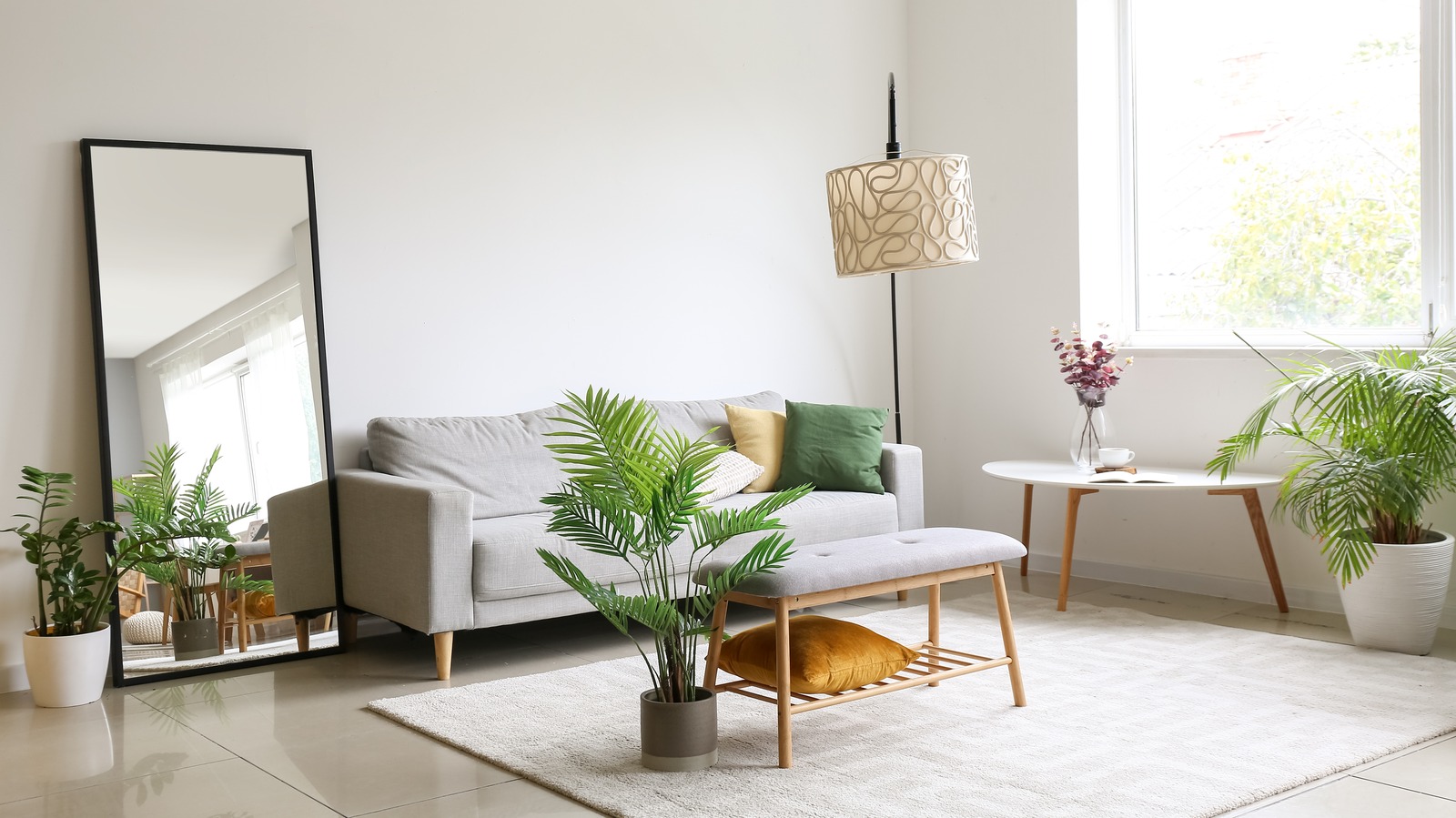

Articles
How To Fill An Empty Space In Living Room
Modified: October 28, 2024
Discover practical articles on how to fill an empty space in your living room. Get tips and ideas to transform your space into a cozy and stylish area.
(Many of the links in this article redirect to a specific reviewed product. Your purchase of these products through affiliate links helps to generate commission for Storables.com, at no extra cost. Learn more)
Introduction
Having an empty space in your living room can leave the room feeling incomplete and lacking personality. Whether it’s a corner, a blank wall, or an open area, filling this space can make a significant difference in transforming your living room into a warm and inviting space.
However, before you rush into filling the empty space, it’s important to take a step back and assess the area. By doing so, you can determine the function of the space and make informed decisions on selecting furniture and decor that will enhance the overall aesthetic and functionality of your living room.
In this article, we will guide you through the process of filling an empty space in your living room. We will cover everything from assessing the space to selecting furniture and decor, culminating in arranging the elements to create a cohesive and visually pleasing room.
So, let’s dive into the journey of transforming your empty living room space into a vibrant and stylish area that reflects your personal taste and lifestyle.
Key Takeaways:
- Transform your living room by assessing empty spaces, determining their function, selecting furniture and decor, arranging them thoughtfully, and adding personalized decorative elements.
- Create a warm and inviting living room by carefully selecting furniture and decor that align with the space’s function and style, arranging them for balance and functionality, and adding personalized decorative elements.
Read more: How To Mix And Match Living Room Furniture
Assessing the Empty Space
Before you begin filling the empty space in your living room, it’s essential to assess the area and understand its potential. By doing so, you can make informed decisions on the size, shape, and type of furniture and decor that will best suit the space.
Start by measuring the dimensions of the empty space. Note the width, height, and depth of the area to ensure that any furniture or decor pieces you select will fit comfortably within the space without overwhelming it. Consider the proximity to other furniture and make sure there is enough clearance for easy movement around the room.
Next, consider the natural lighting in the area. Take note of any windows or sources of natural light and assess how it affects the space throughout the day. This will help you determine the placement of furniture and whether certain pieces should be positioned to maximize or minimize sunlight exposure.
Additionally, take into account the overall style and theme of your living room. If you have a modern, minimalist aesthetic, you may want to opt for sleek and streamlined furniture pieces. On the other hand, if your living room has a more traditional or eclectic style, you can explore furniture and decor options that reflect that aesthetic.
Lastly, consider the traffic flow within the room. Take note of any doorways, pathways, or areas that people frequently walk through. It’s important to ensure that the furniture arrangement in the empty space does not obstruct the natural flow and functionality of the room.
By carefully assessing the empty space, taking measurements, considering natural lighting, and understanding the overall style and flow of the room, you can lay a solid foundation for selecting furniture and decor that will harmonize with the existing elements and create a cohesive and visually appealing living room.
Determining the Function
Once you have assessed the empty space in your living room, it’s time to determine the function you want it to serve. This step is crucial as it will guide your choices in selecting furniture and decor that align with your needs and preferences.
Consider how you currently use your living room and how the empty space can enhance or complement those activities. Do you need an additional seating area for guests? Is it a space where you can relax and read a book? Will it be used primarily for entertainment purposes, such as a gaming or media area?
Think about the lifestyle and interests of your household members. If you have children, you may want to create a dedicated play area or incorporate storage solutions to keep toys organized. Alternatively, if you enjoy hosting gatherings, consider creating a bar or entertainment corner where you can serve drinks and snacks.
It’s also important to consider your personal preferences and hobbies. If you enjoy practicing yoga or meditation, you may want to transform the empty space into a serene and tranquil area for relaxation. On the other hand, if you’re an avid reader, you can set up a cozy reading nook with a comfortable chair, a side table, and a bookshelf.
Take into account the size and shape of the space when determining its function. A larger area may lend itself well to multiple functions, while a smaller nook may be best suited for a specific purpose, such as a home office or a display area for a collection.
Remember that the function of the space can evolve over time. Choose furniture and decor that can adapt to your changing needs and be versatile enough to repurpose if necessary. This way, you can make the most of the empty space and ensure that it continues to serve a purpose that enhances your living room experience.
By determining the function of the empty space, you can narrow down your choices when selecting furniture and decor, making the process of filling the space much more focused and intentional.
Selecting Furniture and Decor
Now that you have assessed the empty space in your living room and determined its function, it’s time to select the furniture and decor that will bring life to the area. This step is crucial in creating a cohesive and aesthetically pleasing space that reflects your personal style and enhances the overall ambiance of your living room.
Consider the size and scale of the empty space when choosing furniture pieces. You want them to fit comfortably within the area without overwhelming it. Opt for furniture that complements the existing style of your living room, whether it’s contemporary, traditional, or eclectic.
Start by selecting a focal point in the empty space. This could be a statement piece of furniture, such as a cozy armchair, a stylish console table, or a functional storage unit. This focal point will anchor the space and serve as a visual centerpiece.
After choosing the focal point, add complementary pieces of furniture that will serve the intended function of the space. For example, if you’re creating a reading nook, consider a comfortable reading chair, a side table for your books and a floor lamp for proper lighting.
When it comes to decor, consider adding elements that add visual interest and enhance the overall aesthetic. Incorporate textures, colors, and patterns through throw pillows, rugs, curtains, and artwork. Introduce decorative accessories such as vases, candles, and plants to add a touch of personality and warmth to the space.
Don’t be afraid to mix and match different materials, styles, and textures to create a visually dynamic space. For example, pair a sleek and modern coffee table with a cozy and textured rug to add contrast and depth to the area.
Keep in mind that selecting furniture and decor is an opportunity to express your personal taste and style. Choose pieces that resonate with you and reflect your personality. Experiment with different combinations until you achieve a cohesive and harmonious look that brings the empty space to life.
Before making any final purchases, consider the practical aspects as well. Ensure that the furniture and decor you select are durable, easy to clean, and functional. This will contribute to the longevity and functionality of the space.
By carefully selecting furniture and decor that align with the function and style of the empty space, you can create a visually appealing and inviting area that enhances the overall ambiance of your living room.
Consider adding a large statement piece, such as a tall bookshelf or a piece of artwork, to fill an empty space in your living room. This will add visual interest and create a focal point in the room.
Arranging the Furniture
Once you have selected the furniture pieces and decor for your empty space, the next step is arranging them in a way that maximizes both functionality and aesthetics. Effective furniture arrangement can transform the space and create a harmonious flow within your living room.
Start by considering the focal point of the empty space. Arrange the furniture around this focal point to create a visually pleasing arrangement that draws attention to the center of the area. For example, if you have a statement armchair as the focal point, position it in a way that it becomes the center of attention.
Consider the traffic flow in your living room when arranging the furniture. Ensure there is enough space for easy movement and that the furniture layout does not obstruct doorways or pathways. If necessary, find alternate ways to orient the furniture to maintain a clear and logical flow within the room.
Take into account the function of the space and the activities you plan to do there. Arrange the furniture in a way that supports those activities. For instance, if it’s a reading nook, position the chair and side table in a way that provides a comfortable and practical space for reading.
Strive for balance and symmetry when arranging the furniture. This helps create a visually pleasing and well-organized space. Keep in mind the proportions of the furniture and ensure they are suitable for the size of the empty space.
Consider the visual weight of the furniture pieces. Distribute them evenly across the space, avoiding a heavy concentration of furniture on one side. This will maintain balance and prevent the space from feeling crowded.
If you have an open concept living room, consider using furniture to create separate zones within the room. Use sofas, rugs, or shelves to delineate different areas without disrupting the overall flow of the space.
Lastly, don’t be afraid to experiment with different furniture arrangements. Move the pieces around until you find the layout that works best for your space. It’s okay to make adjustments as needed over time until you achieve the desired functionality and aesthetics.
Remember, arranging furniture is about finding the right balance between functionality and visual appeal. By thoughtfully arranging your furniture, you can create a well-balanced and inviting space that enhances the overall atmosphere of your living room.
Adding Decorative Elements
Once you have arranged the furniture in your empty space, it’s time to add the finishing touches by incorporating decorative elements. These elements will add personality, warmth, and a sense of style to the space, completing the overall look and creating a visually appealing living room.
One of the simplest yet effective ways to enhance the space is through the use of lighting. Consider adding various light sources such as floor lamps, table lamps, or even wall sconces to create layers of lighting and set the mood in the room. Play with different light intensities and angles to highlight key areas or objects.
Another way to enhance the aesthetic appeal is through the use of artwork. Hang or display pieces of art that align with your personal taste and complement the overall style of your living room. Artworks can be paintings, prints, photographs, or even sculptures, and they can serve as conversation starters and focal points in the room.
Add color and texture through accent pillows, throw blankets, and rugs. These elements can instantly transform the look and feel of the space while adding comfort and coziness. Experiment with various patterns, colors, and textures to find the right combination that complements the furniture and decor.
Consider incorporating plants and natural elements to bring a touch of nature indoors. Not only do plants add visual interest, but they also purify the air and create a calming ambiance. Place potted plants on shelves, tabletops, or in stylish plant stands to infuse life and freshness into the empty space.
Don’t forget about the power of accessories. Incorporate decorative items such as vases, candles, and decorative bowls to add a personal touch and reflect your individual style. These accessories can be placed on coffee tables, console tables, or shelves to add charm and visual appeal to the space.
Lastly, remember that you don’t need to fill every inch of the empty space with decorative elements. Embrace minimalism and the art of negative space to create a sense of balance and serenity. Allow the space to breathe and avoid overcrowding with too many accessories.
As you add decorative elements, step back and assess the overall composition regularly. Make adjustments and fine-tune the arrangement until you achieve a harmonious balance between furniture, decor, and decorative elements.
By carefully selecting and arranging decorative elements, you can create a visually captivating and personalized living room space that truly feels like home.
Conclusion
Filling an empty space in your living room is a transformative process that can greatly enhance the overall look and functionality of the space. By following the steps outlined in this article, you can approach the task with confidence and creativity.
Begin by assessing the empty space, taking measurements, considering natural lighting, and understanding the style and flow of your living room. This will provide a solid foundation for determining the function of the space.
Once you have identified the function, carefully select furniture and decor that align with your needs and personal style. Consider the size and scale of the furniture, and experiment with different materials and textures to create visual interest.
Next, arrange the furniture in a way that maximizes both functionality and aesthetics. Take into account the focal point of the space, traffic flow, and proportion. Strive for balance and symmetry to create a visually pleasing and well-organized space.
Incorporate decorative elements such as lighting, artwork, pillows, and plants to add personality and charm to the area. Experiment with different combinations and allow negative space to create a sense of balance and serenity.
Throughout the process, it’s important to trust your instincts and let your personal style shine through. Remember that the goal is to create a living room space that reflects your lifestyle and brings you joy.
By following these steps, you can fill the empty space in your living room with confidence and creativity. Transform the space into a warm and inviting area that truly feels like home, and enjoy the benefits of a complete and harmonious living room layout.
Excited to spruce up your living room further? Grasping the art of arranging living room furniture is pivotal. Our next article dives into ten essential rules that ensure your living room not only looks fantastic but functions beautifully. Whether you're dealing with a tight space or a large room, these guidelines will help you create a harmonious environment that feels both welcoming and stylish. Don't miss out on transforming your living area into a perfectly balanced space.
Frequently Asked Questions about How To Fill An Empty Space In Living Room
Was this page helpful?
At Storables.com, we guarantee accurate and reliable information. Our content, validated by Expert Board Contributors, is crafted following stringent Editorial Policies. We're committed to providing you with well-researched, expert-backed insights for all your informational needs.
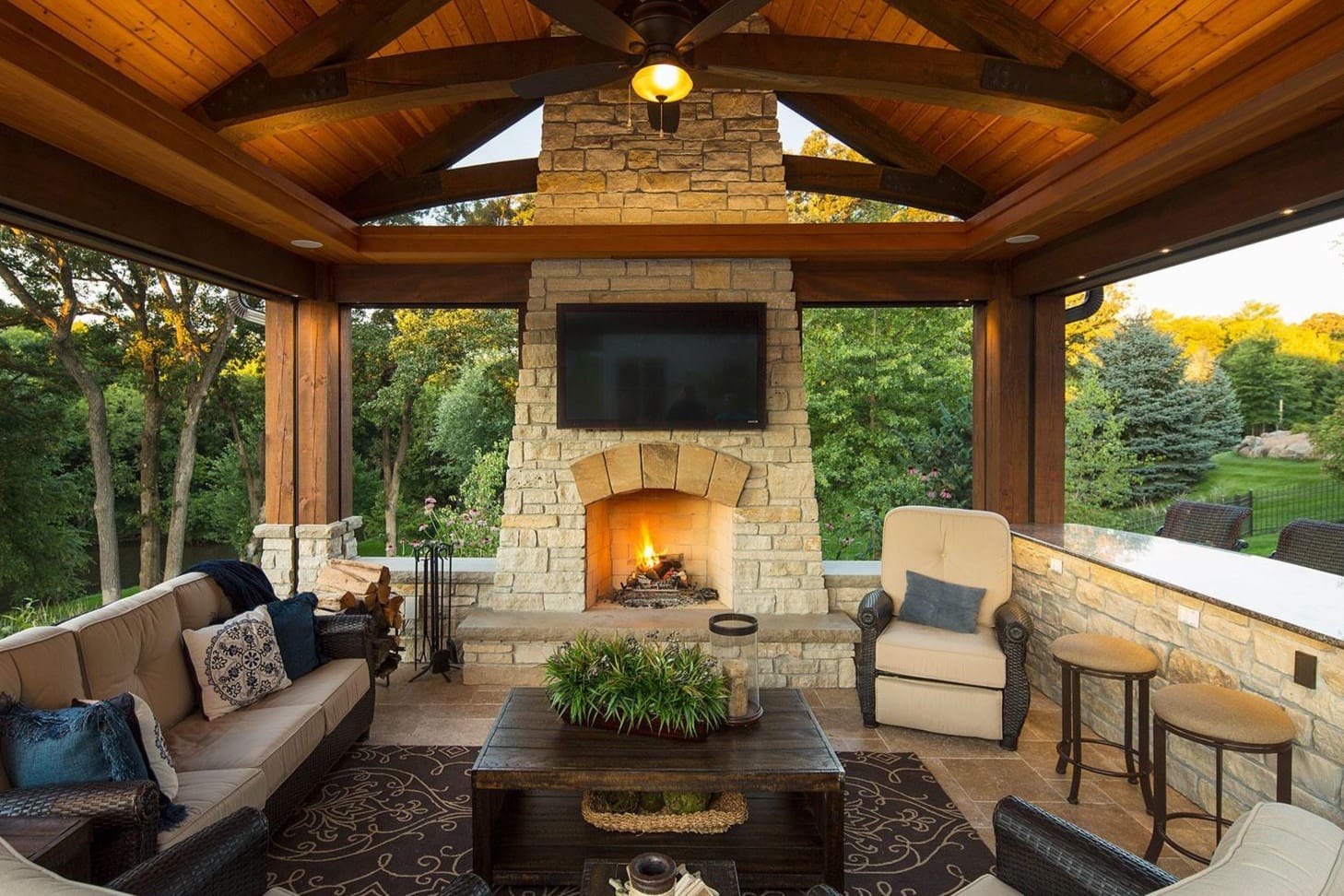
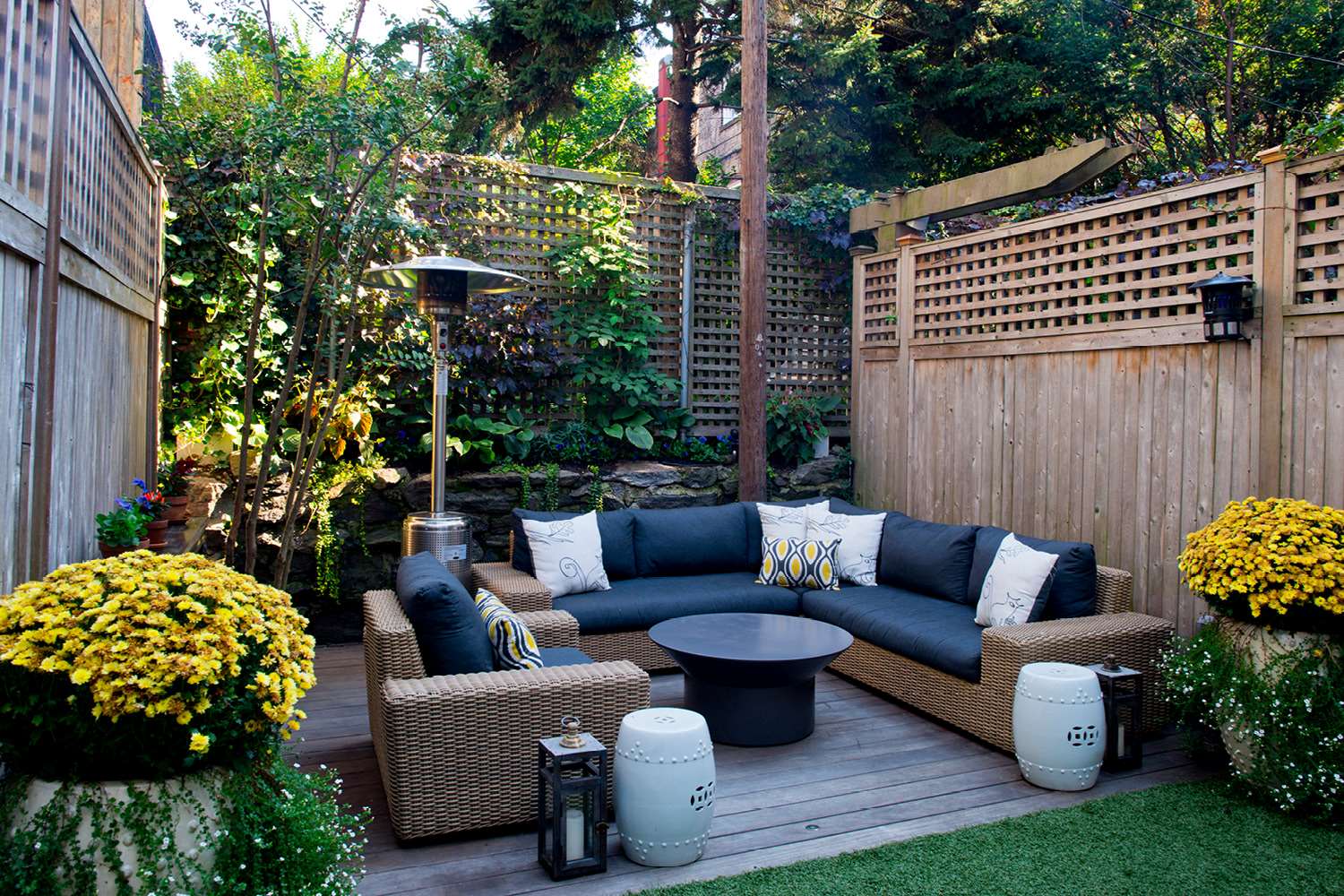
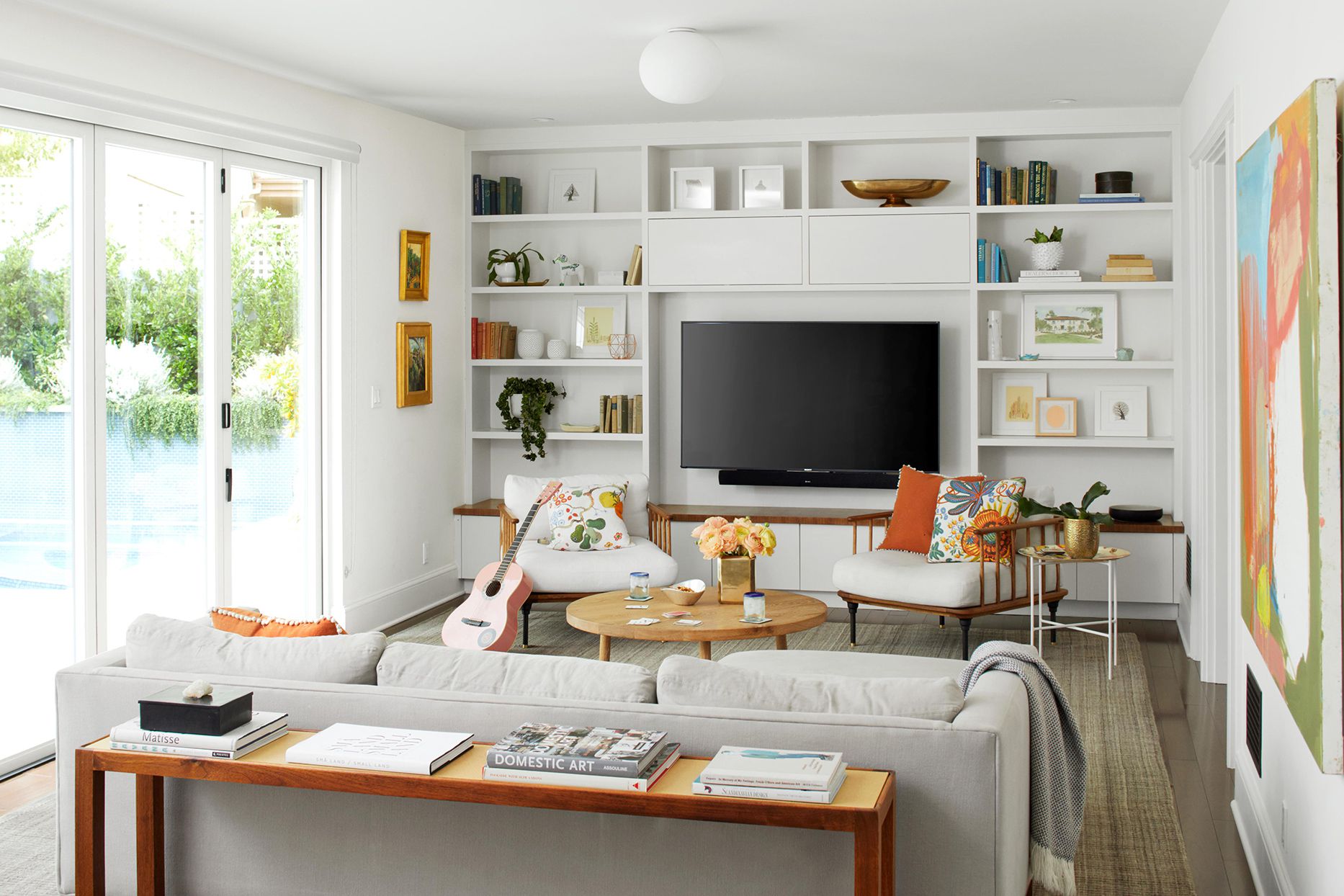
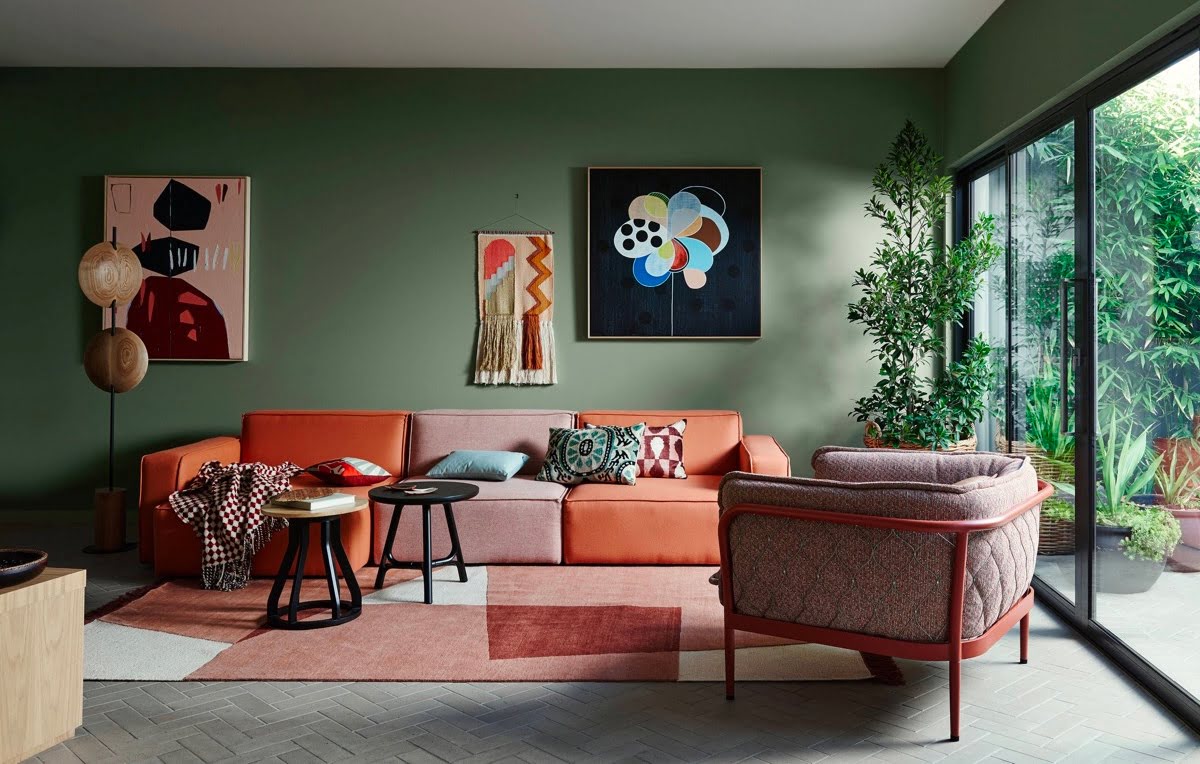
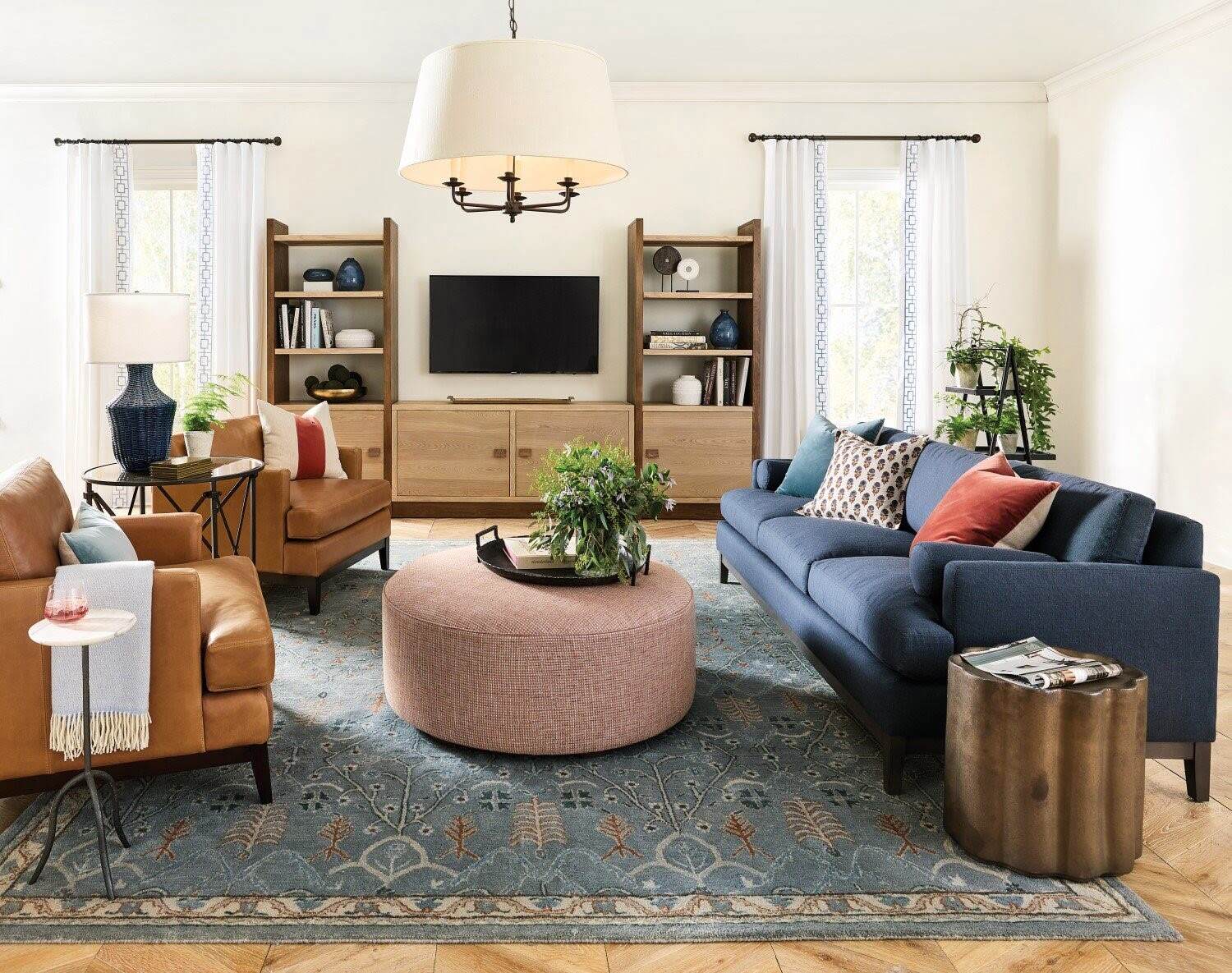
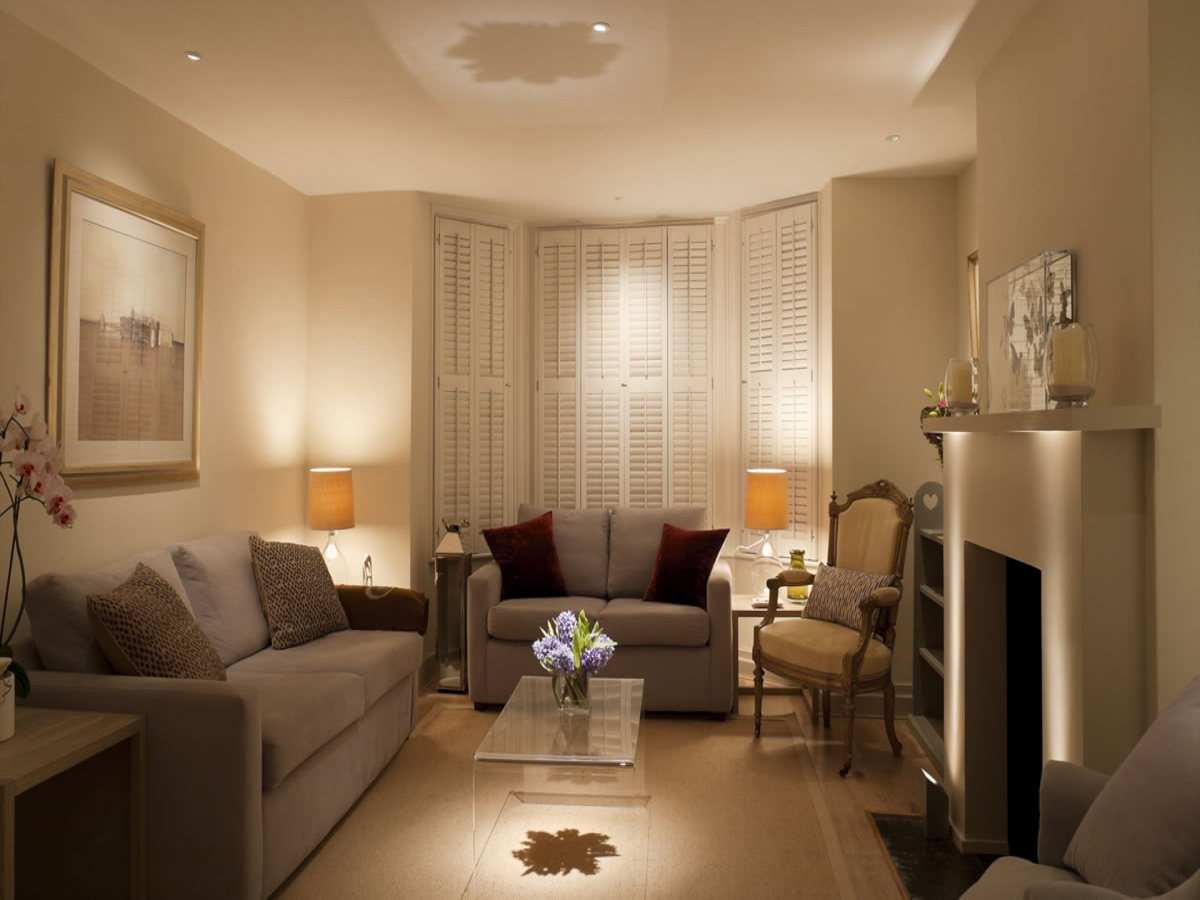
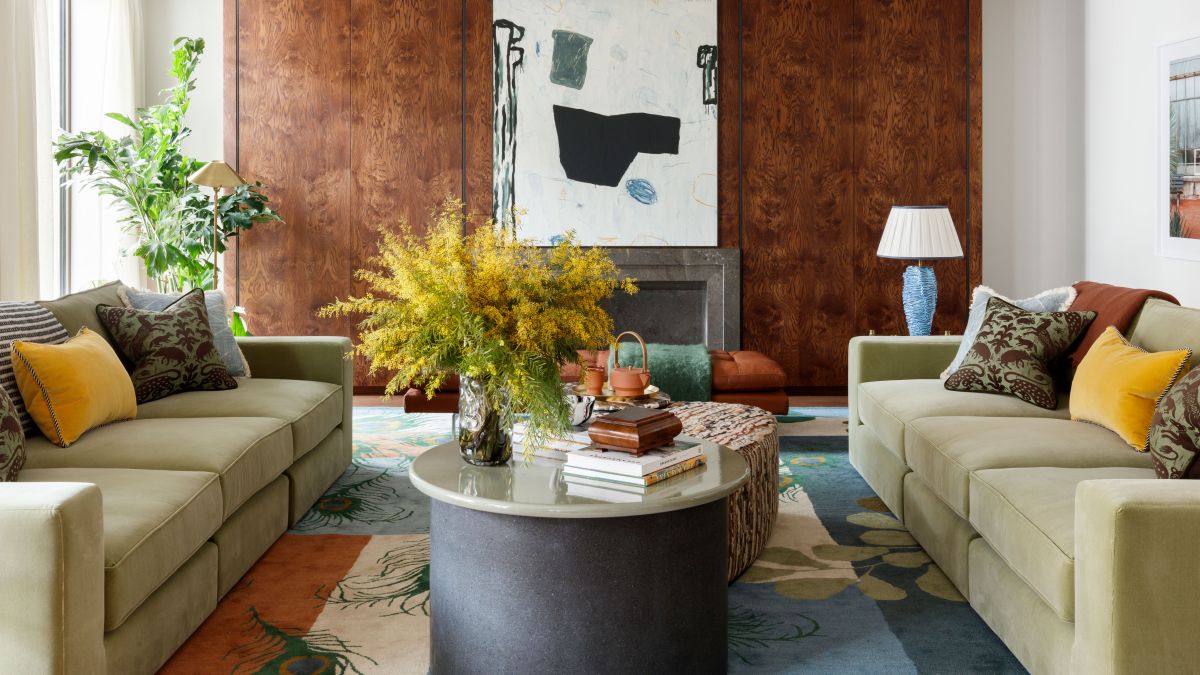
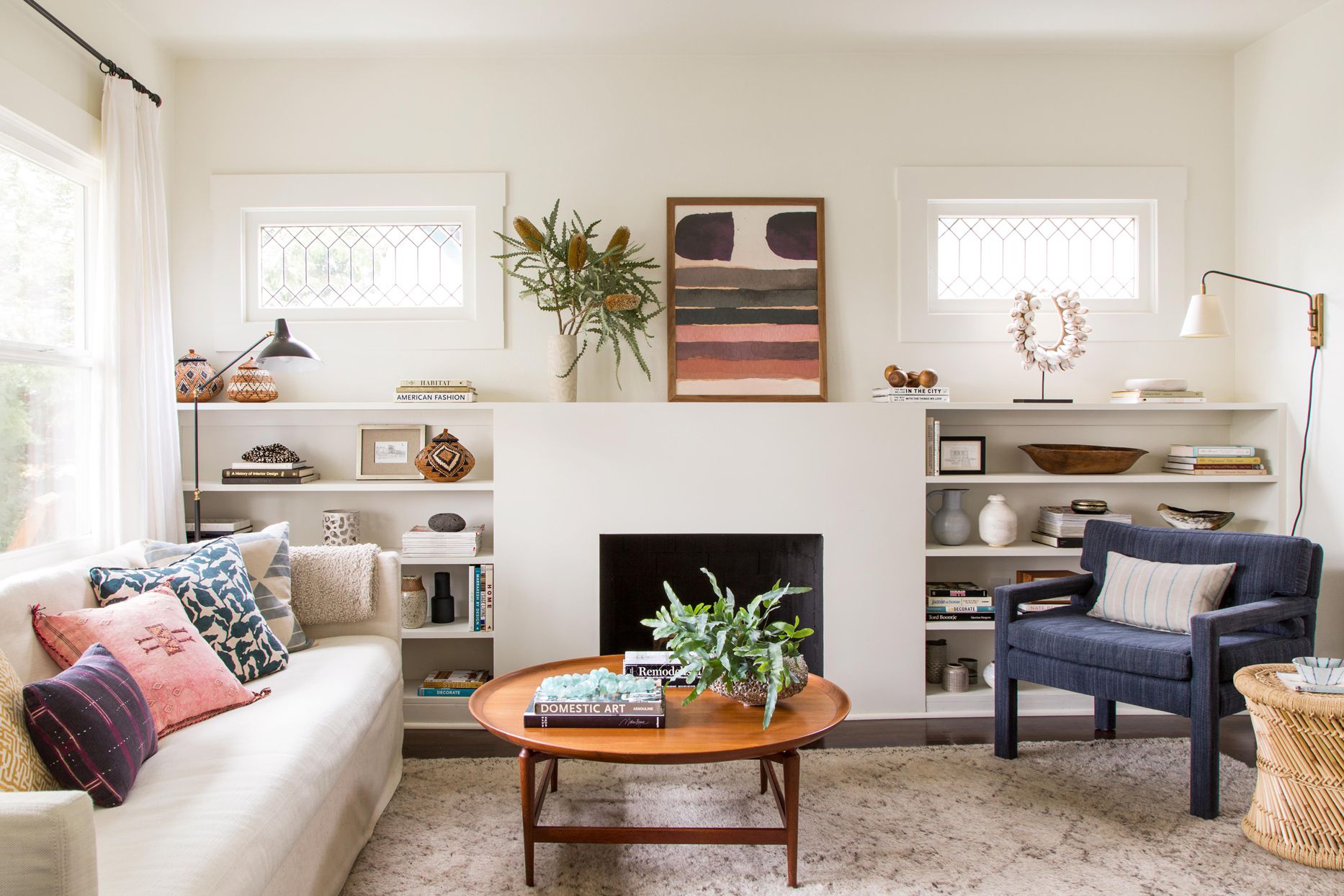
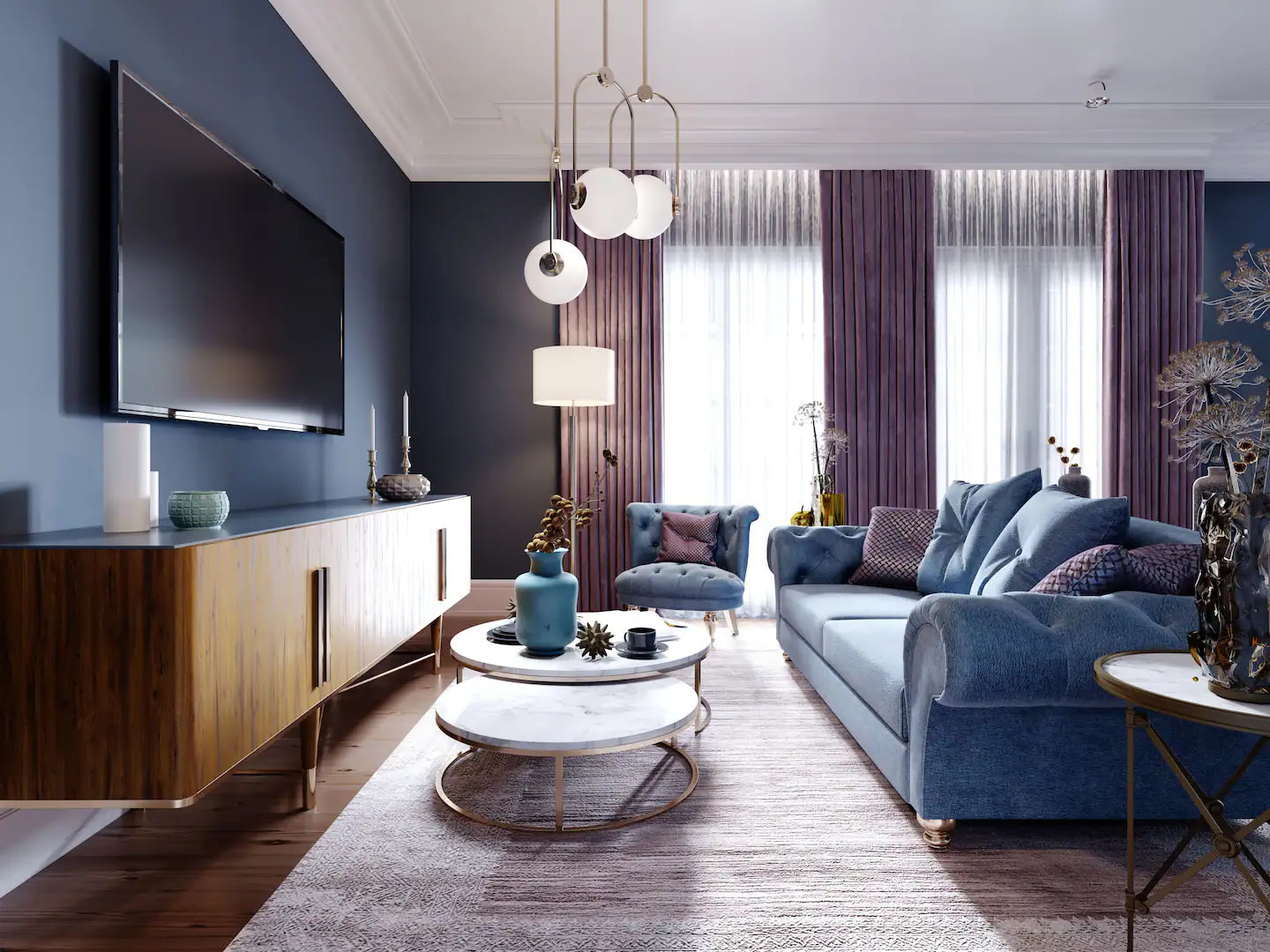
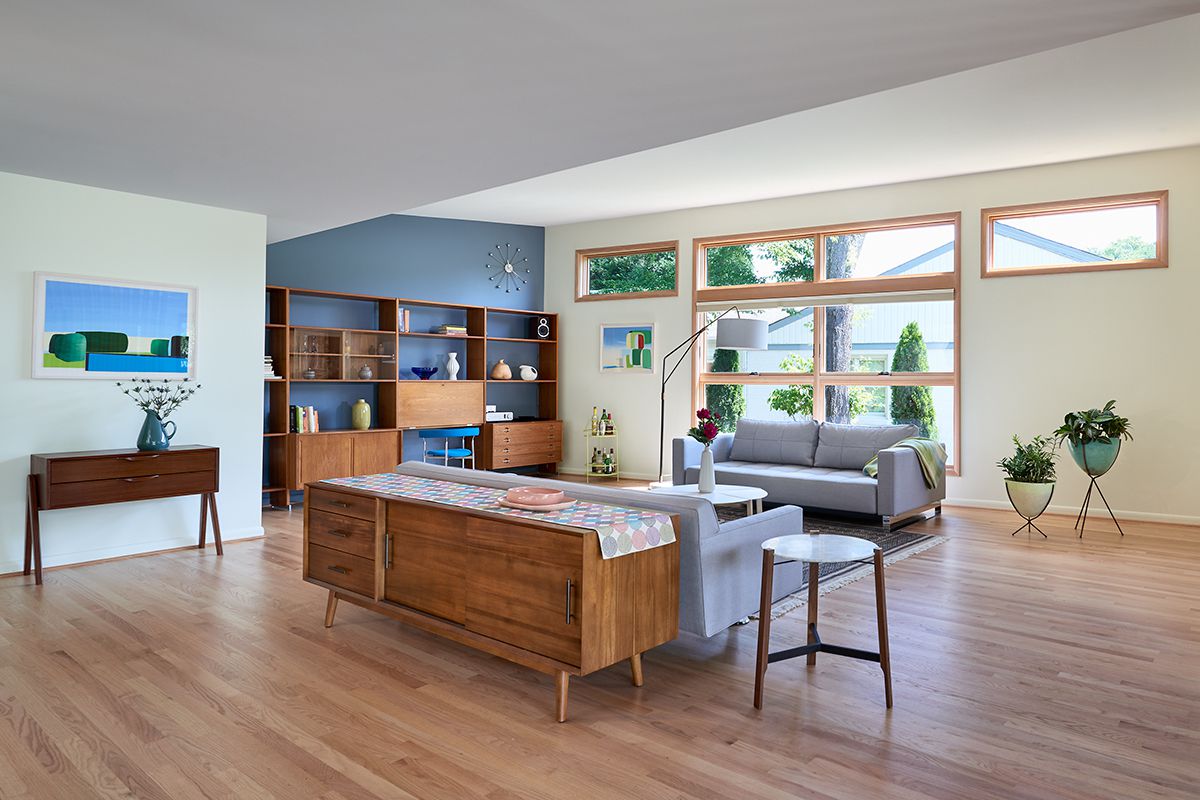


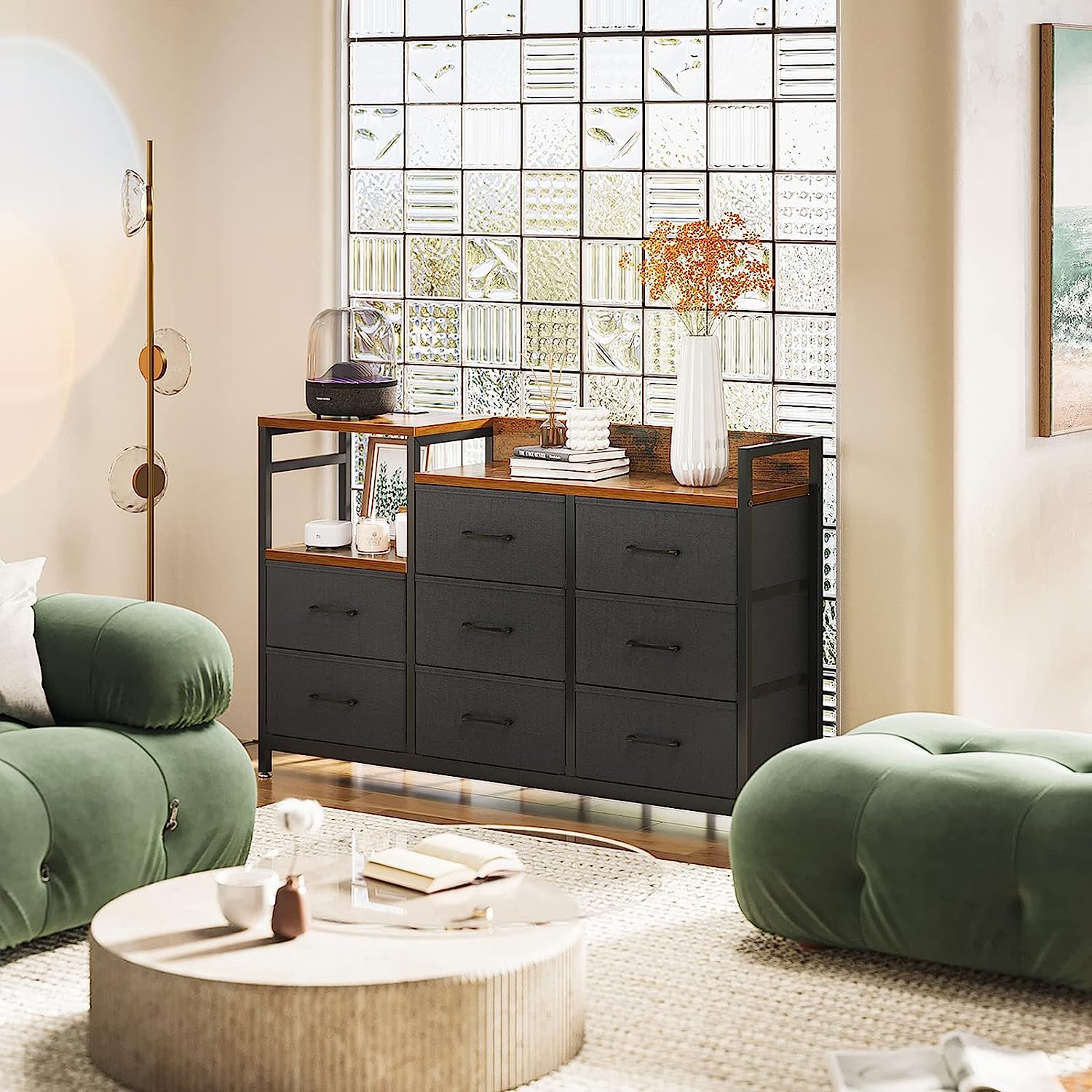


0 thoughts on “How To Fill An Empty Space In Living Room”